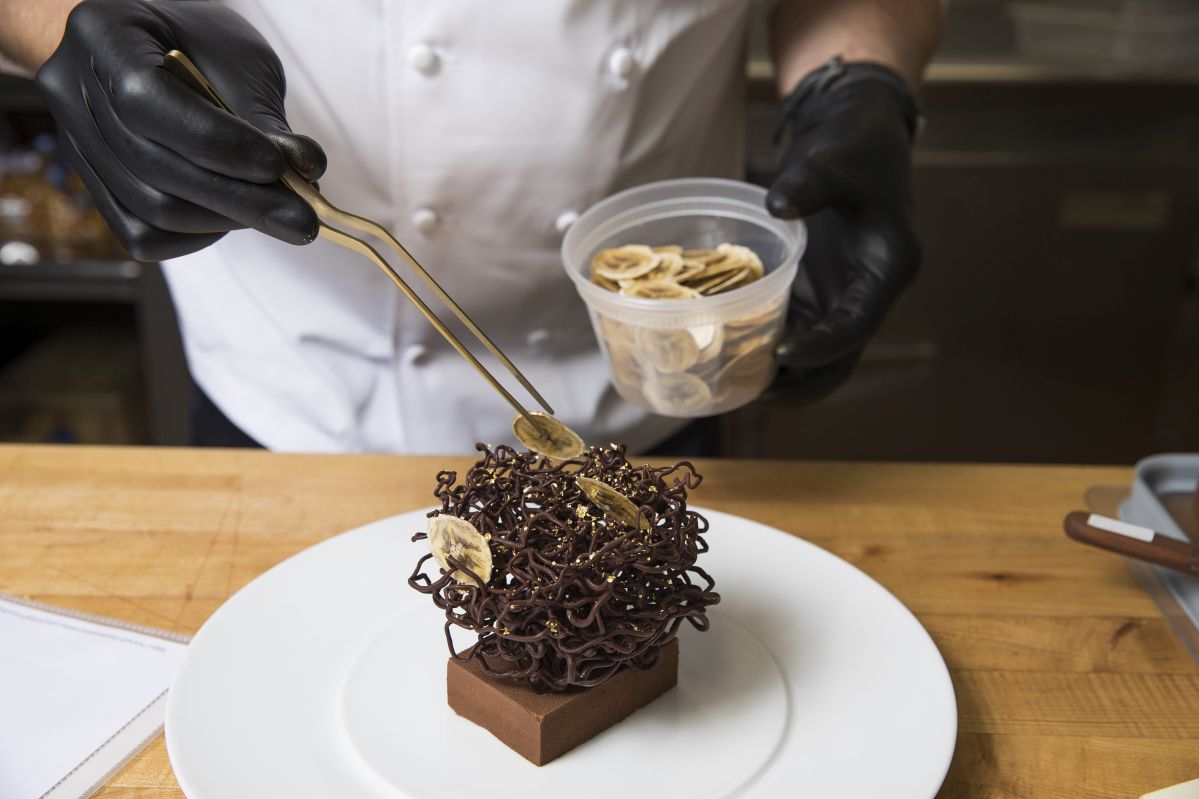What is molecular gastronomy and where did the trend come from?
This fascinating combination of science and gastronomy has won the hearts of foodies around the world in recent years. Molecular gastronomy is a style of cooking that uses scientific innovation to explore new flavours, textures, shapes and ways of serving food. However, to fully appreciate this modern culinary trend, it is helpful to understand its origins and what makes it so unique and popular. That’s what we’re checking out in today’s article – we warmly invite you to read on!
Contents
Molecular gastronomy – a culinary art full of experiments
It owes its popularity not only to its ability to surprise with unusual flavour and visual combinations, but also to the way it educates and expands the boundaries of culinary craftsmanship. In molecular gastronomy, the table is not just a place to eat, but also a space for experimentation, discovery and growth through each bite of a new dish. What once seemed reserved exclusively for scientific laboratories is now finding its way into restaurants and homes around the world, inspiring the exploration of the endless possibilities offered by the combination of technology and culinary.
History and development of molecular gastronomy
It was born out of a combination of passion for cooking and scientific experimentation in the early 21st century, when chefs and scientists began to explore the chemical and physical processes that occur during cooking. The pioneer of this movement was Hervé This, a French chemist who, together with physicist Nicholas Kurti, introduced the concept of molecular gastronomy. Collaborations between researchers and restaurateurs have allowed new techniques to be explored, such as cryo-cooking, emulsification or spherification, which in turn has made it possible to create entirely new taste experiences.
Famous chefs practising molecular gastronomy
Among the chefs who have become famous for their innovations in molecular gastronomy, the most notable is Ferran Adrià of El Bulli restaurant. His experiments with deconstructing traditional dishes and creating new culinary forms took the world by surprise. Another notable representative of this trend is Grant Achatz, founder and chef of Alinea in Chicago, who is renowned for using science to intensify the taste and visual experience of his dishes.

Reasons for the popularity of molecular gastronomy
The popularity of molecular gastronomy can be attributed to several factors. Firstly, it offers an extraordinary experience that goes beyond the traditional approach to cooking and eating. Thanks to the use of modern techniques and scientific discoveries, chefs are able to surprise guests not only with flavours, but also with the texture of dishes and how they are served. In addition, it allows for more conscious experimentation with products, which attracts the attention of professionals and amateur cooks alike.
In this context, it is worth mentioning a product such as Noox Day – this is nitrous oxide in steel cylinders, which is used in modern culinary applications, especially in pastry shops and restaurants. It allows the preparation of sophisticated desserts and dishes and, in terms of quality, it corresponds to the parameters of medical gas. It is an example of how modern products can support the development of molecular gastronomy, offering the tools to bring the most creative ideas to life.
Molecular gastronomy – innovations that please the palate
It is not only techniques and experiments but, above all, a new perspective on the art of culinary creation. It is a trend that combines science with a passion for cooking, opening up endless possibilities for chefs to explore flavour, texture and appearance. Through innovations such as Noox Day, molecular gastronomy is becoming much more widely accessible and inspiring, enabling the creation of incredible culinary experiences that surprise and delight palates around the world. Order top-quality food gas from Noox and stand out from your food service competition!
